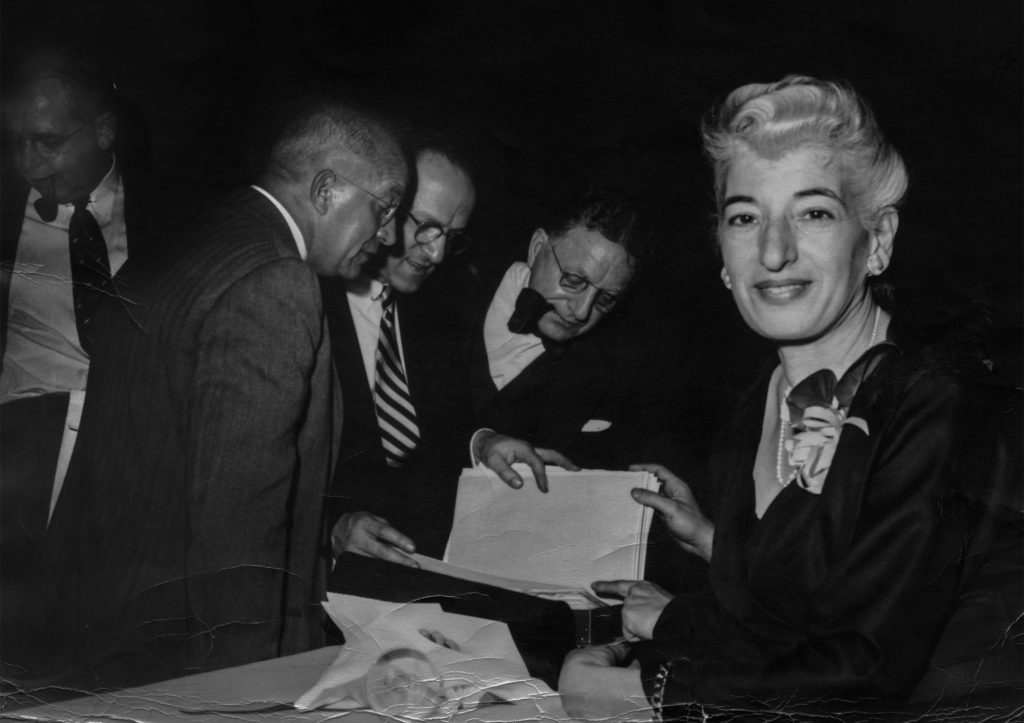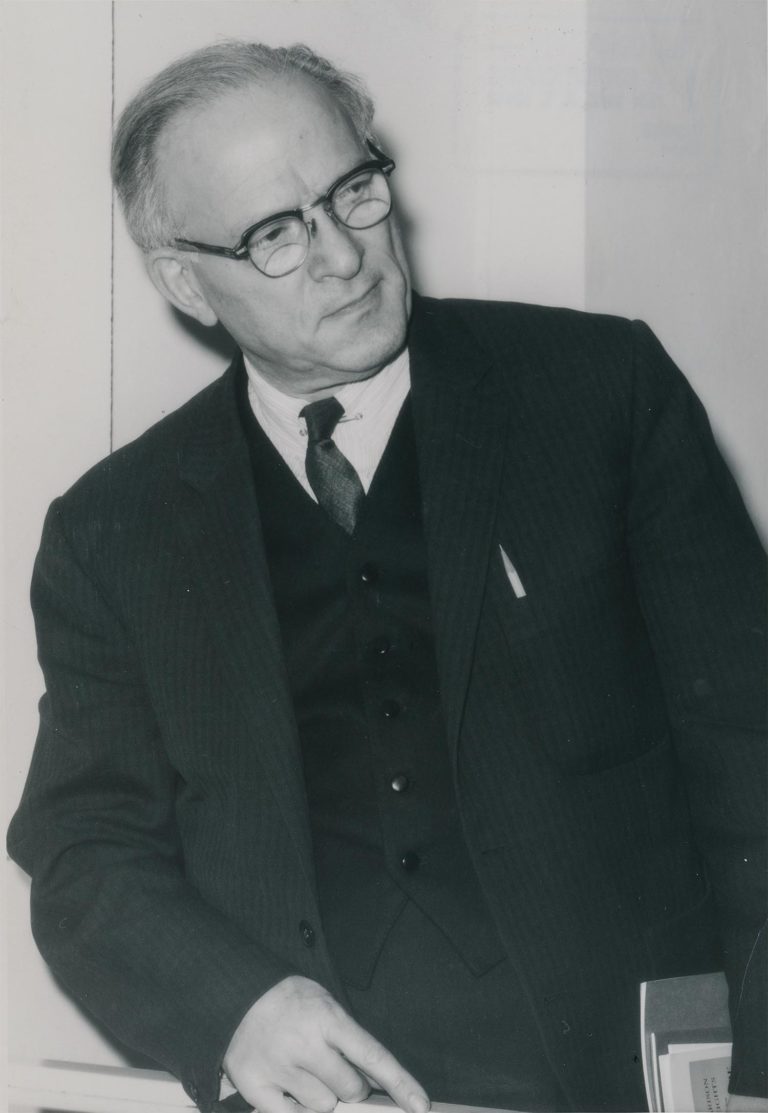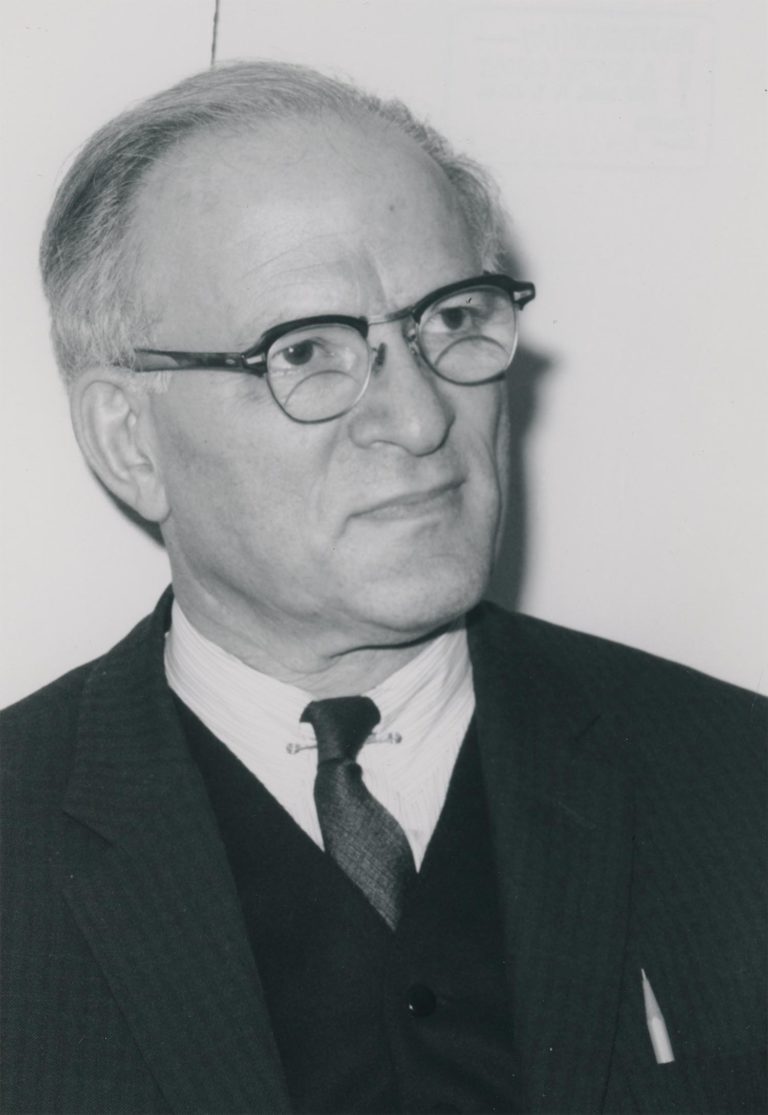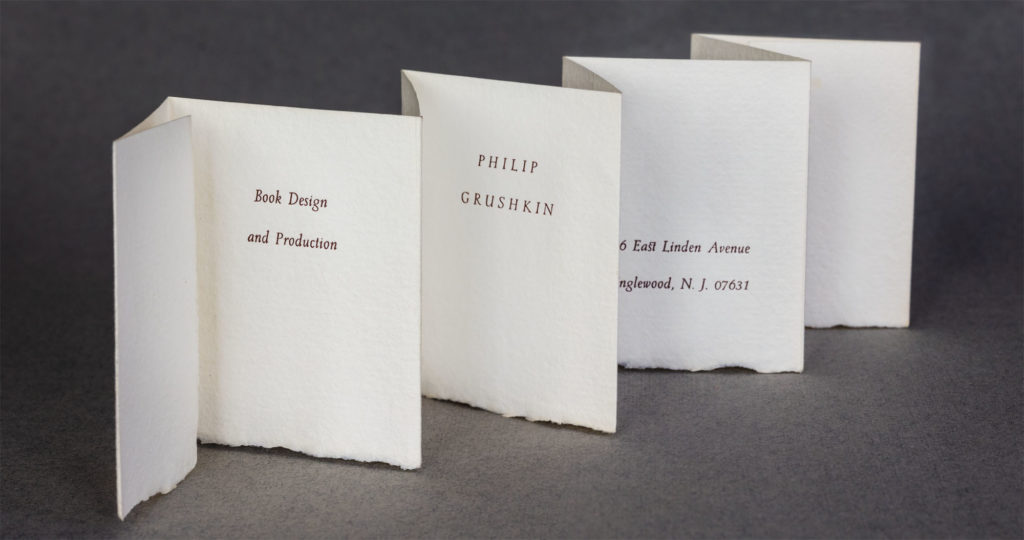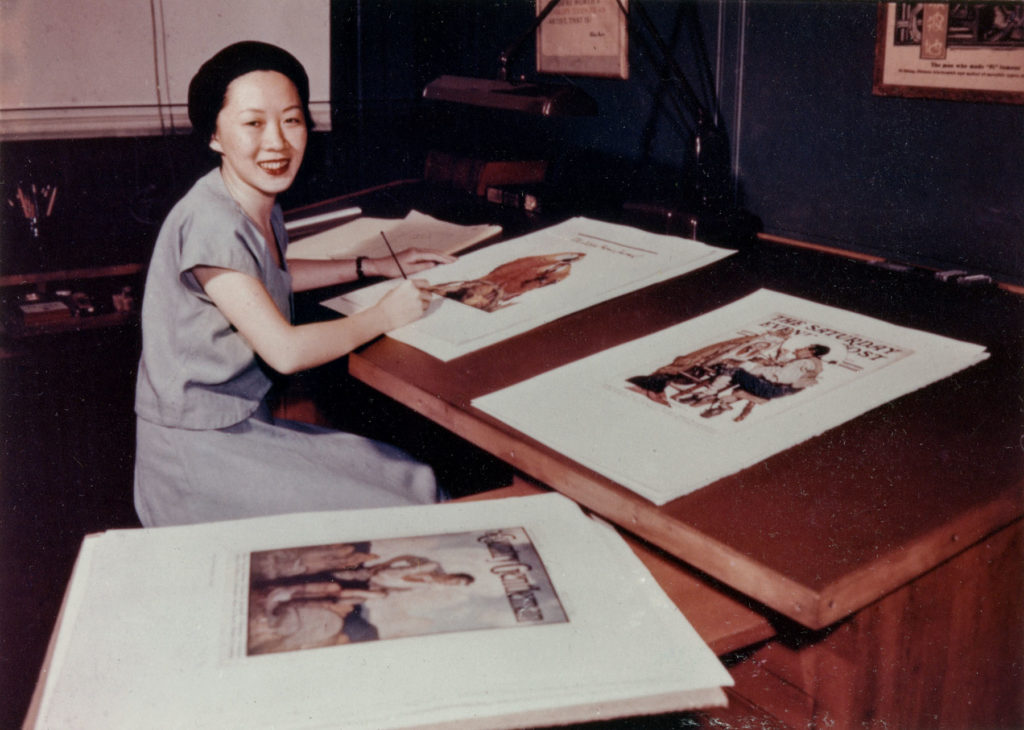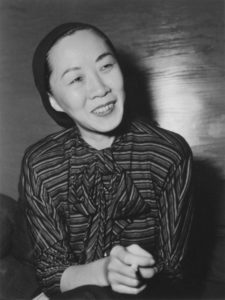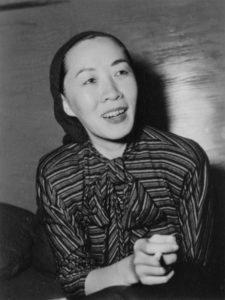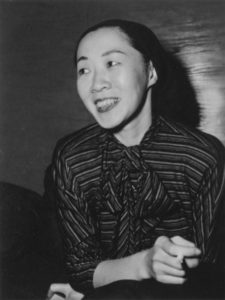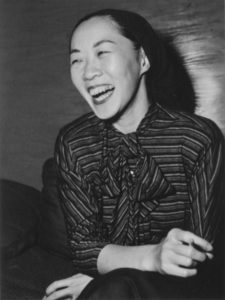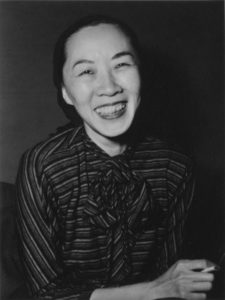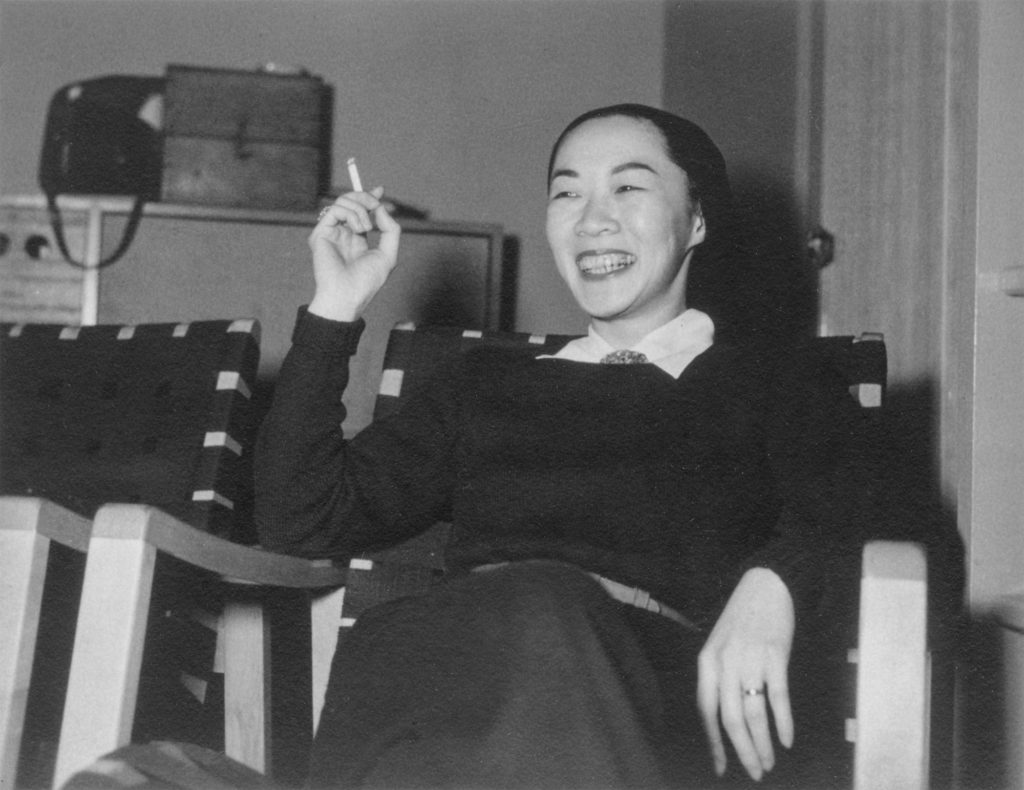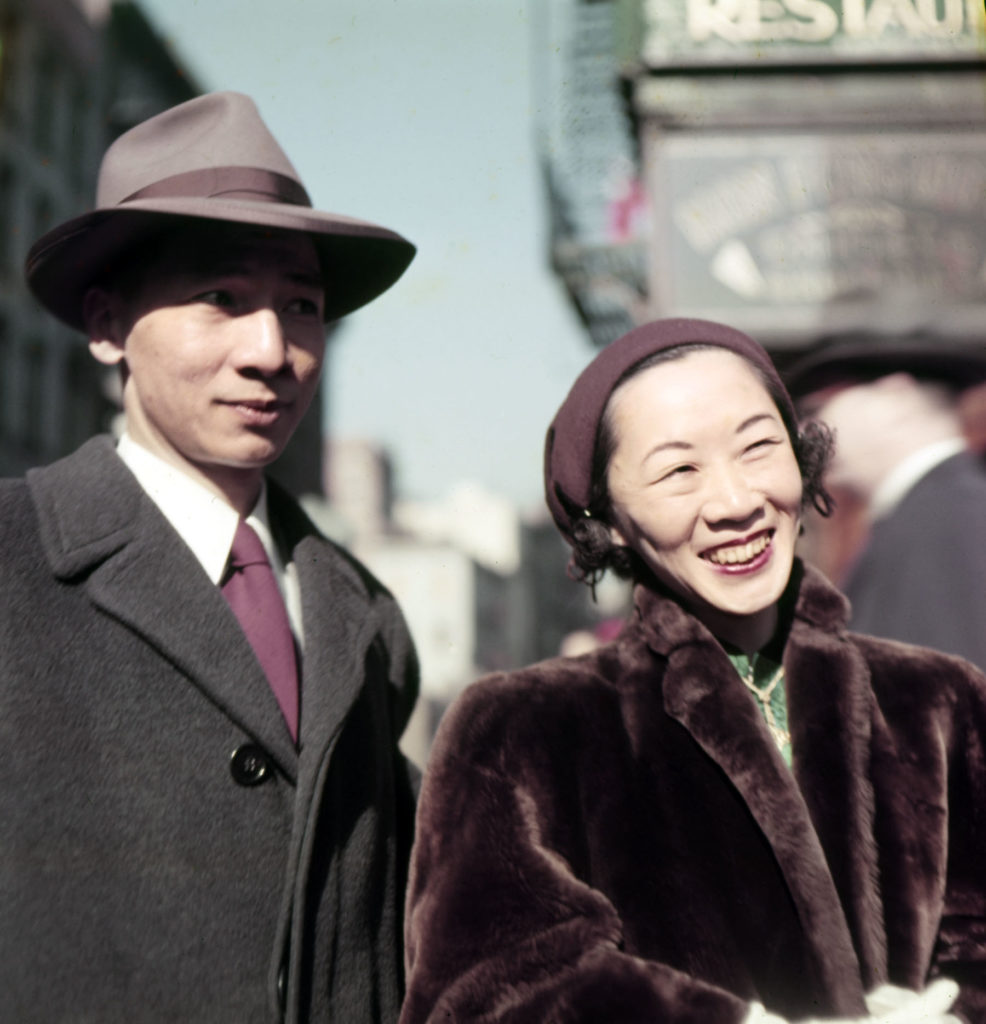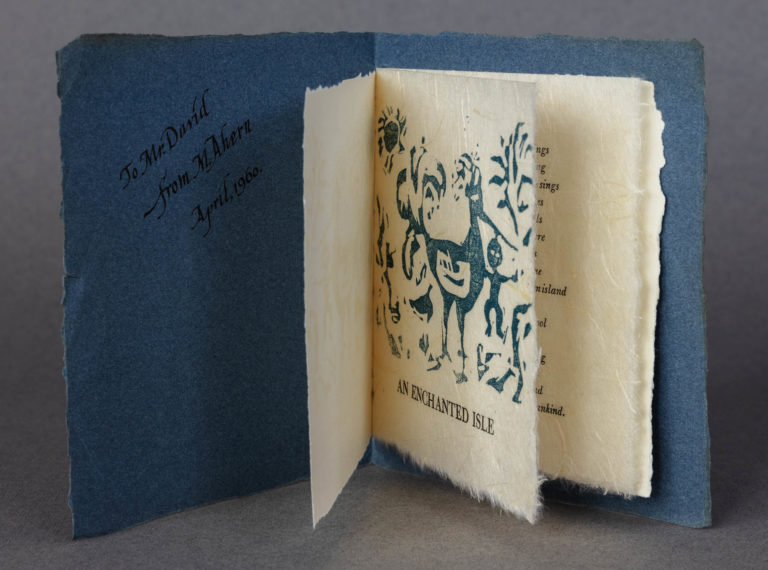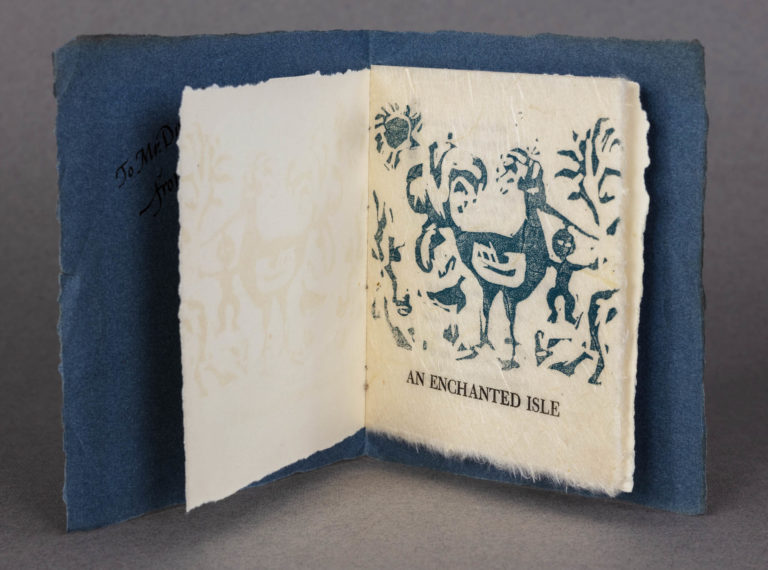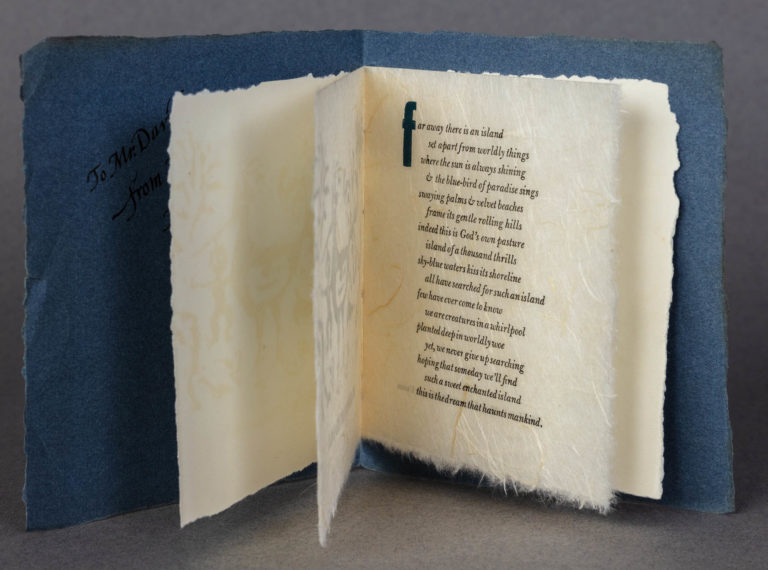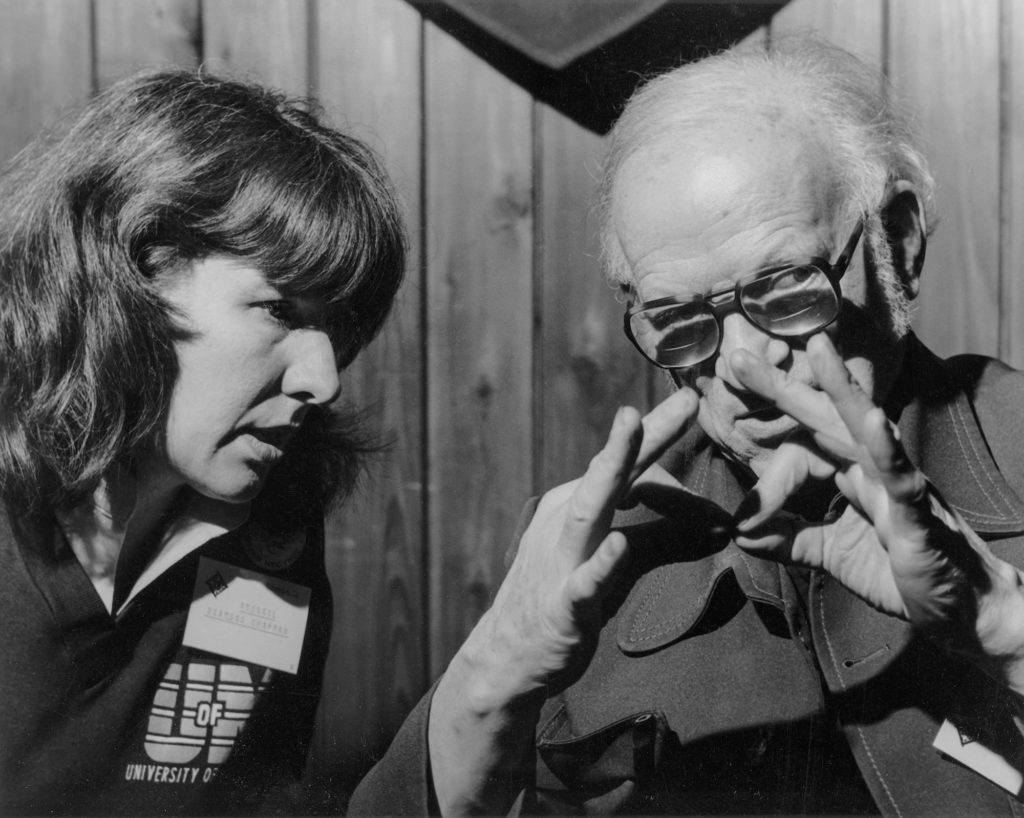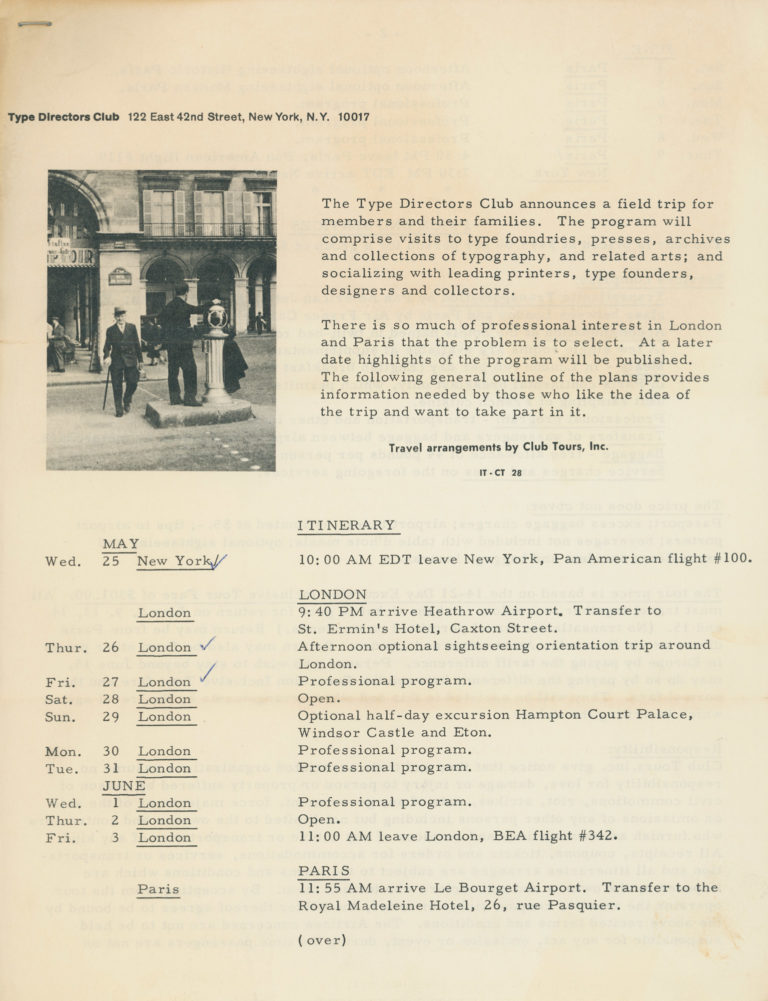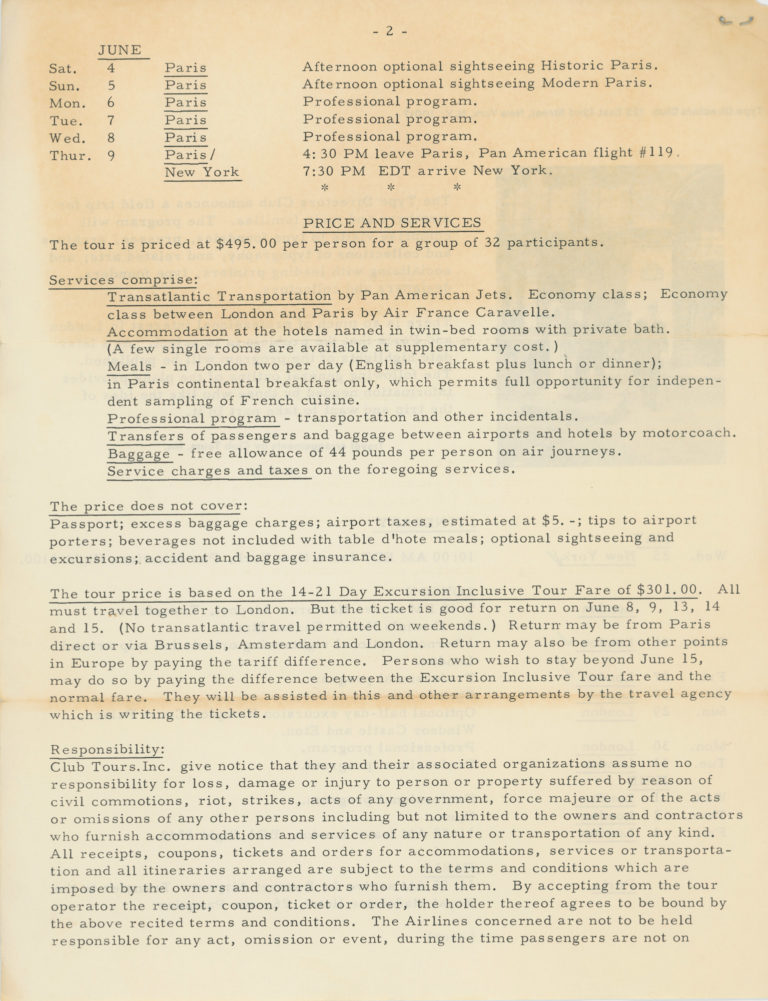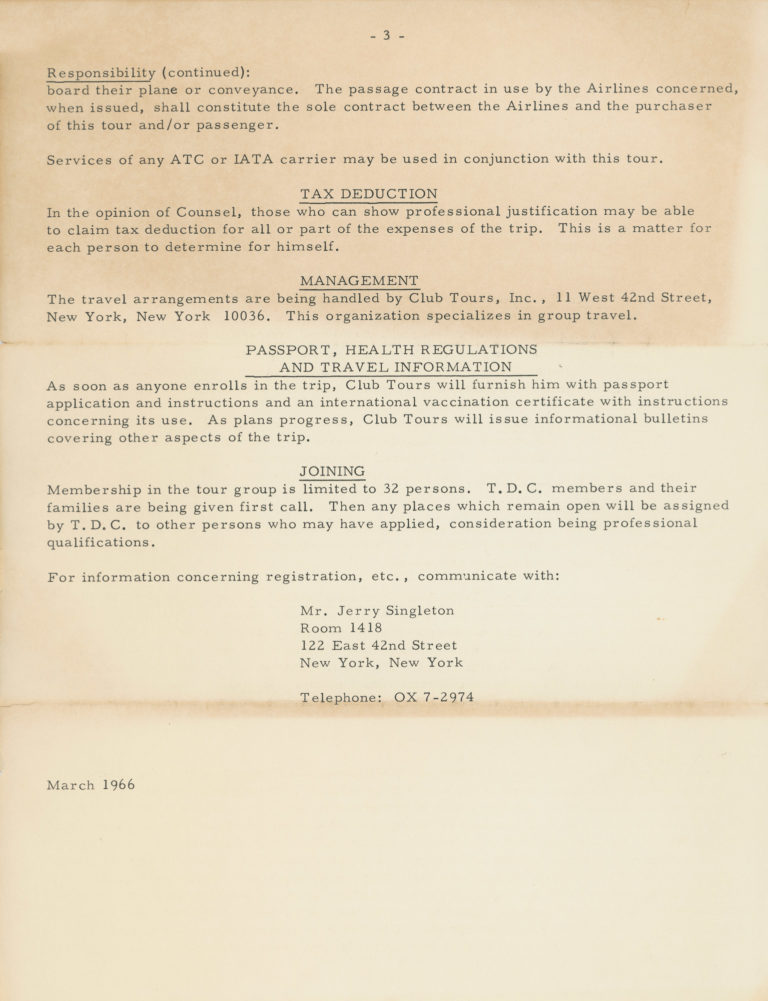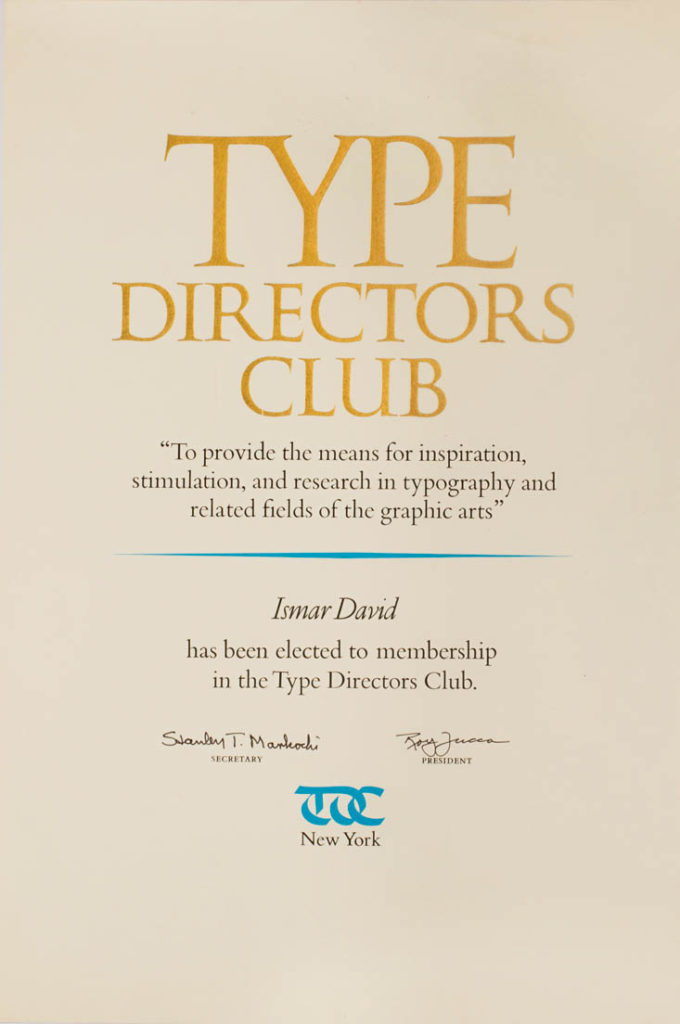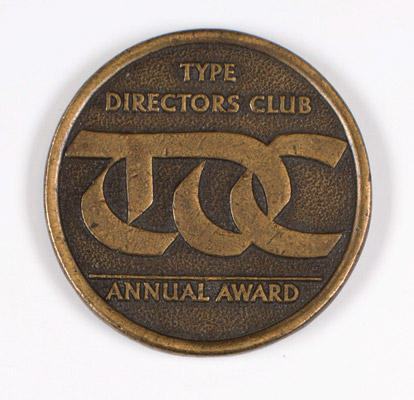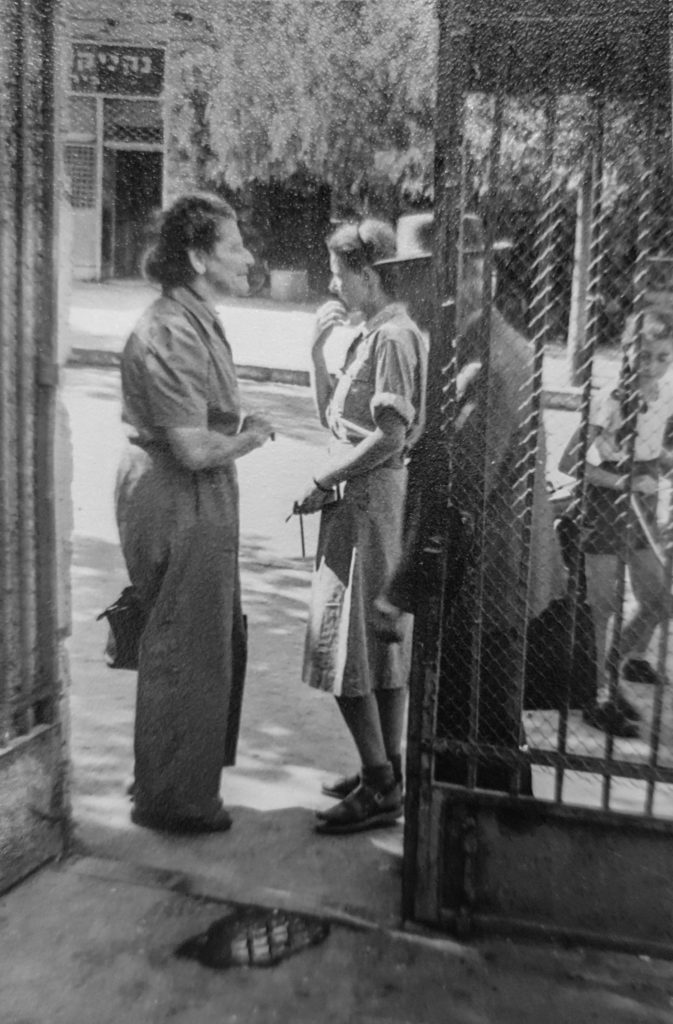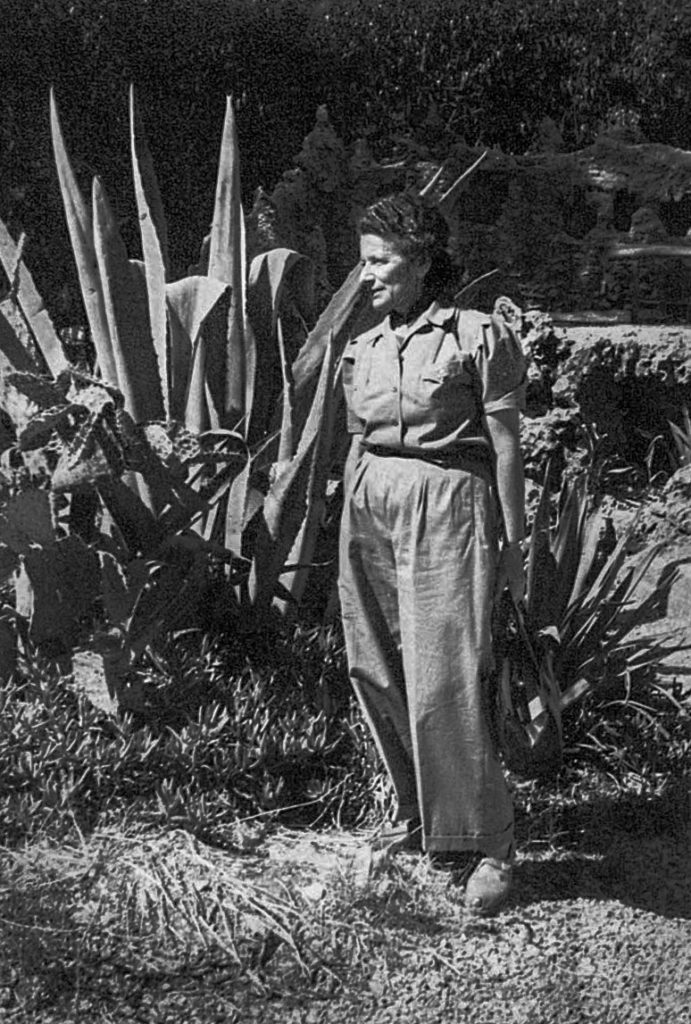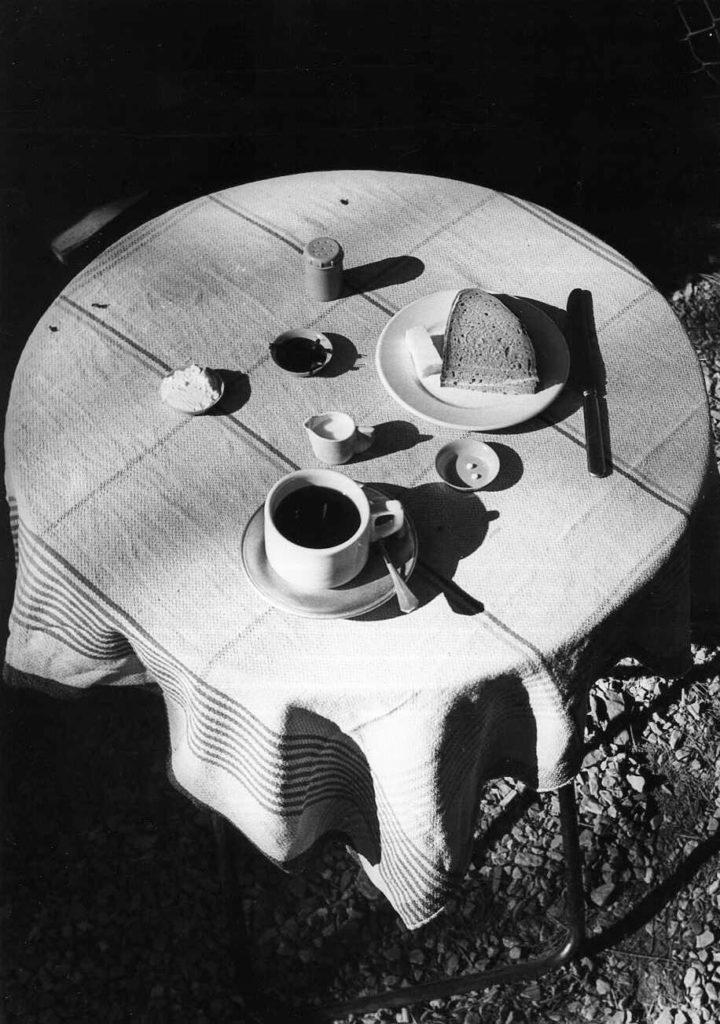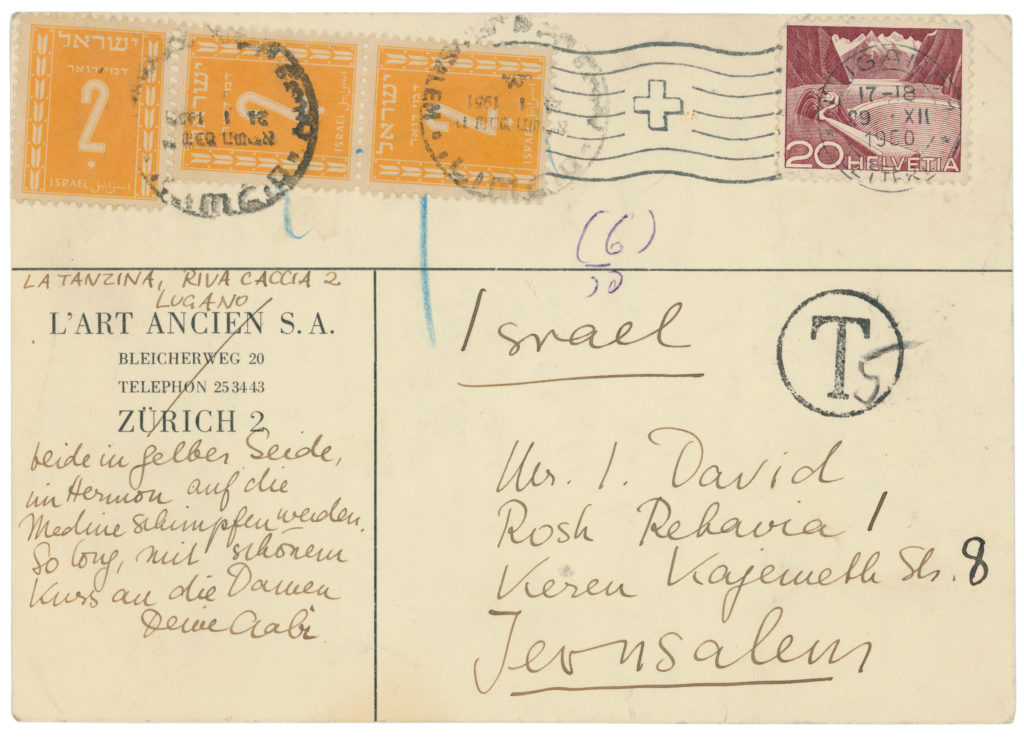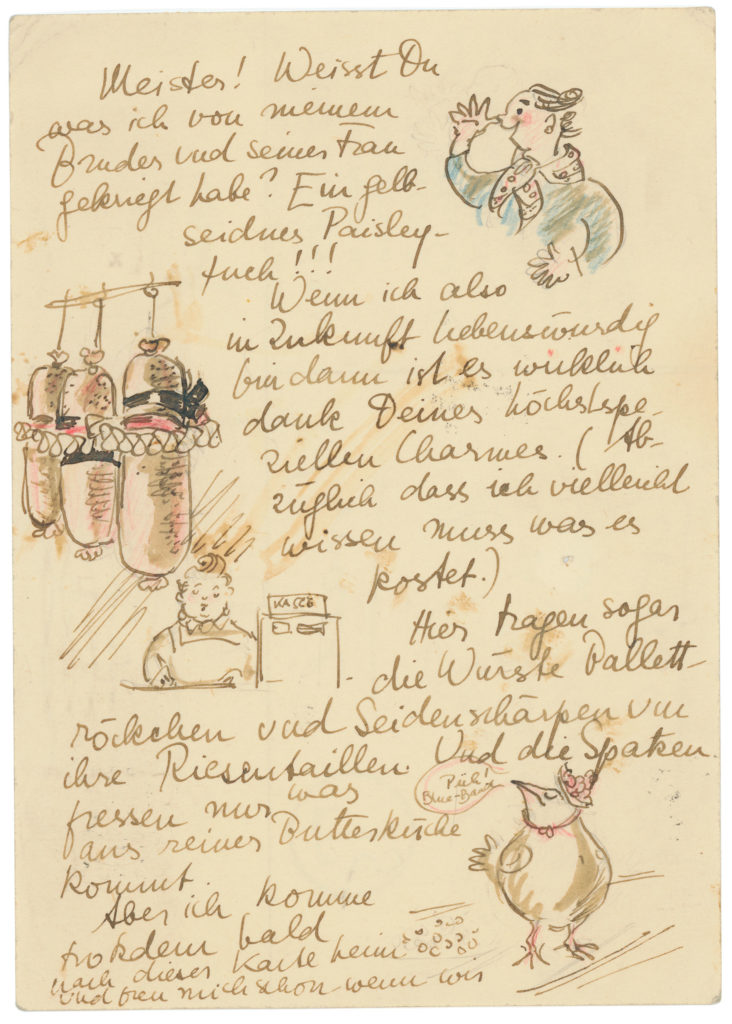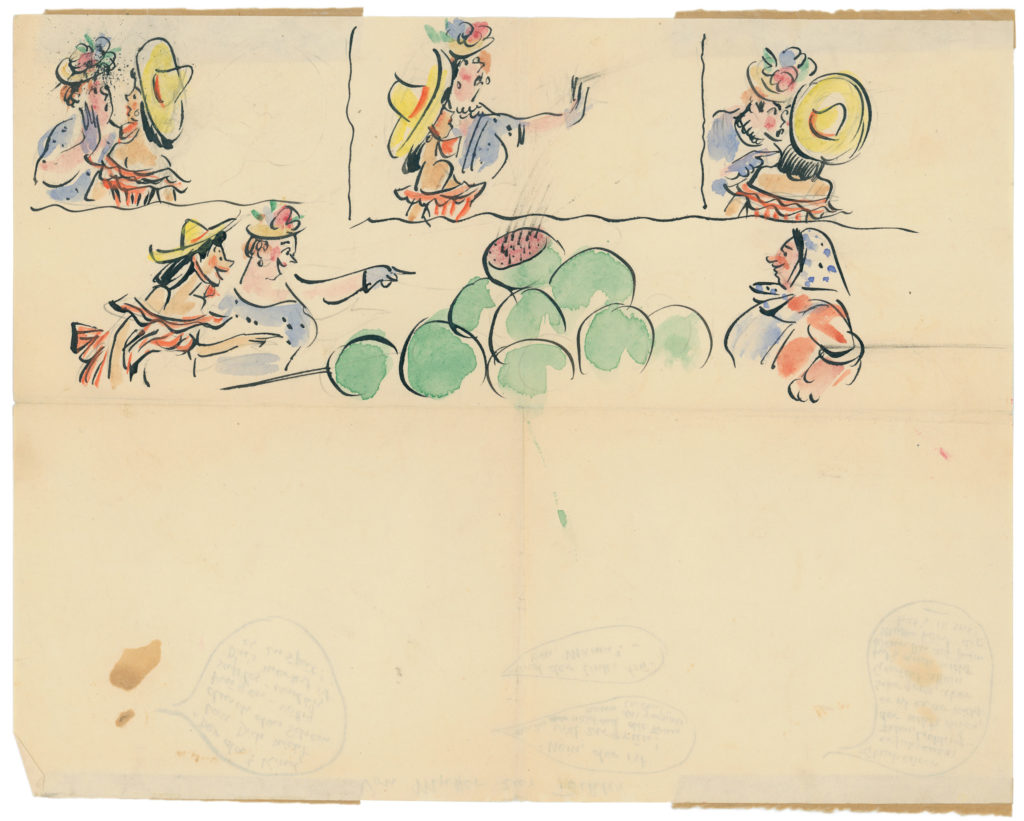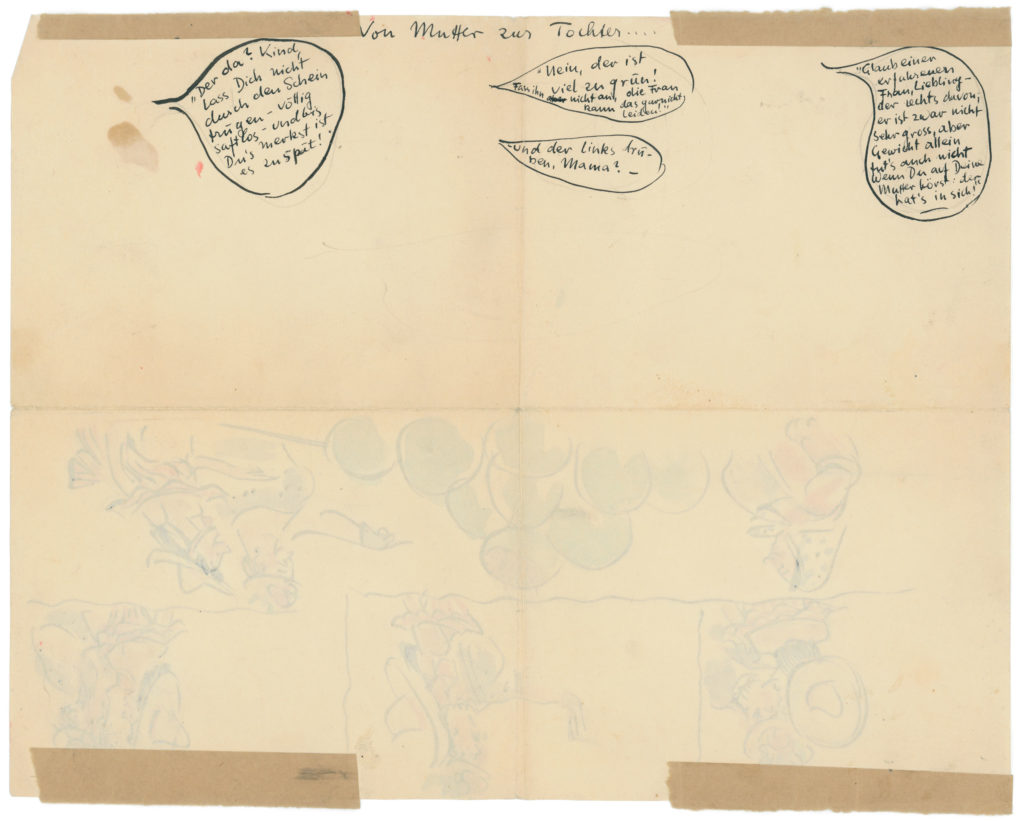A. Burton Carnes, c. 1897–1975, artist, animator, photographer.
A. Burton Carnes studied engineering at the University of Chicago before finding his real interest in art and switching to the Chicago Art Institute. He had worked as an art director for various advertising agencies and publishing companies when he joined Esquire Publishing Company in 1944. Three years later, he transferred from Chicago to New York. He left Esquire in 1952 to become a freelance designer and began making animated films. One, for General Motors, depicted the parts of motor, using stop animation. In later years, he worked with William A. Tieck on historical books about the Bronx.1Information from an obituary in the New York Times
Burt Carnes photographed many of the Heritage of the Graphic Arts lectures (1963-1982) that were sponsored by Robert Leslie and the Composing Room. A longtime member of the Typophiles, he attended meetings and photographed its members too. In 1971, the Typophiles honored him for his contributions to photography and art. He was a good friend of John DePol and lived not far from Jeanyee Wong.
Photographs by A. Burton Carnes
